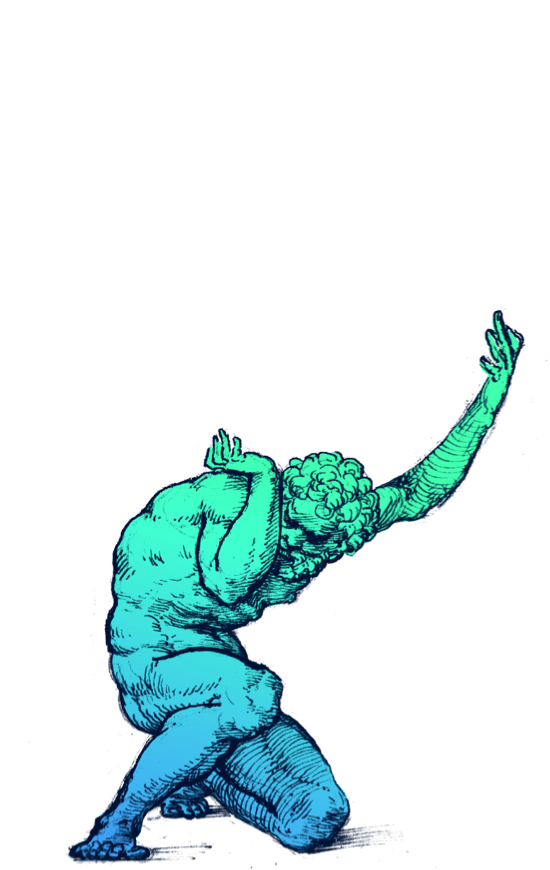12:19
Melanie Perkins
I love actually spending a lot of time imagining what the world would look like, and I'm an incredibly optimistic person, so in the world, the future is always very efficient and very kind and very ... everything works really well together. And so I guess with the first few years of fusion, I spend a lot of time realizing, firstly when I was teaching design programs, it was seeing how difficult it was. And then over those first few years of fusion, really realizing just how complicated all of the different things were. And we also had a design service with fusion books. So we'd have a design service and then we also had the online system. And we could see the difference between those two things, what our professional designers were doing versus what our online system was doing. So over the years, we just kept on iterating and improving that. But then, when it came to going to San Francisco for the first time, that was when I had to take all of these concepts and theories and put them into one pitch desk and paint the future of publishing. So that was back in 2011, where I created that first pitch deck. We came runner up in a competition called WI Inventor of the Year, and we went to a conference in Perth, and there was a speaker there, Bill Tie, and when he was speaking, even though we had a startup for a few years, I had never heard of anything about startups or Silicon Valley or really very much to do with that at all. And then after the conference, I had a five minute chat with him and he said if I went to San Francisco, he would be happy to meet with me. And so I was like, I'm going to be in San Francisco, I'm just totally cool, just going to be in there. I sent him some dates. Little did he know that I was only going to do that trip if he actually said yes. And fortunately, he responded and said he would meet. And I said okay, oh my god, this is the biggest thing ever. Started putting together my pitch deck, printing it out on my printing press and then going to San Francisco. My brother was living there and studying at the time, and so I very fortunately had a nice living room to crash on for my three months stay there, which is quite funny.
